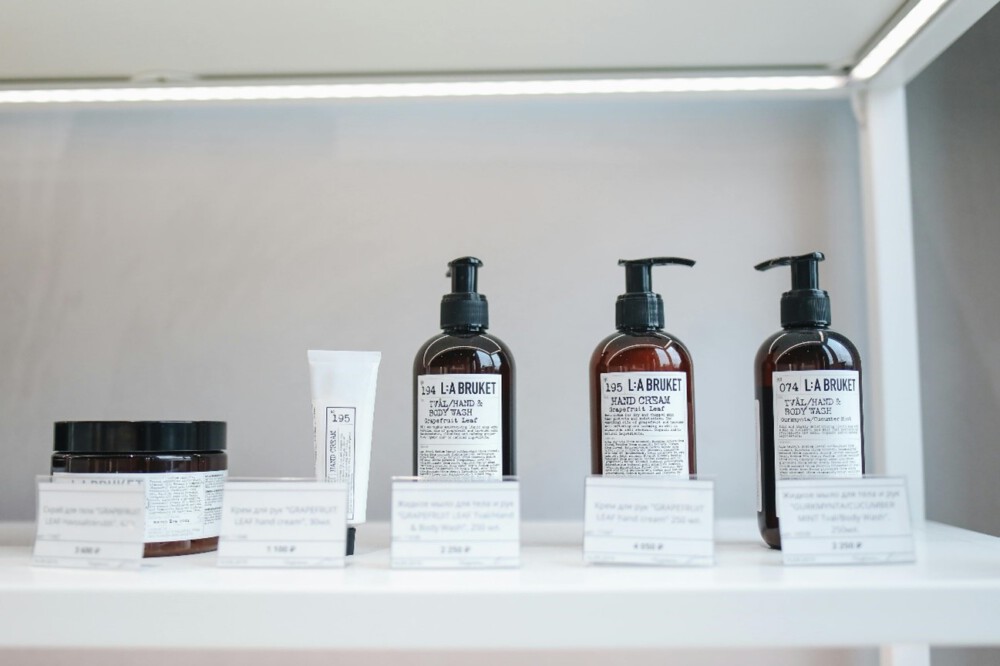Cosmetic claims are crucial in defining a cosmetic product and informing about its qualities, effects and characteristics. Claims are defined as every information that can be found on cosmetic labels as well as on every advertising material.
Regulatory Framework for Cosmetic Product
Article 20 of Regulation (EC) 1223/2009 states that:
“When labelling, making available on the market and advertising cosmetic products, no terms, names, trademarks, images or other signs, figurative or otherwise, shall be used which attribute to the products themselves characteristics or functions which they do not possess.“
Along with the Regulation (EU) 655/2013, the Commission published a guideline (Technical Document on Cosmetic Claims) to allow the correct interpretation of the Regulation previously introduced.
The Technical Document consists of four annexes:
- Annex I: Description for the common criteria with explanatory examples.
- Annex II: Best practices related to the choice of evidence to support claims.
- Annex III: “Free from” claims
- Annex IV: “Hypoallergenic” claim
In this article we will see the most important parts of the document.
Annex I: Description of the Common Criteria for Cosmetic Product
According to Commission Regulation (EU) No 655/2013, cosmetic claims shall comply with the following common criteria:
1. Legal compliance
Claims that indicate that the product has been authorised or approved by a competent authority within the Union shall not be allowed.
Claims which convey the idea that a product has a specific benefit when this benefit is mere compliance with minimum legal requirements shall not be allowed.
2. Truthfulness
If it is claimed on the product that it contains a specific ingredient, the ingredient shall be deliberately present.
Ingredient claims referring to the properties of a specific ingredient shall not imply that the finished product has the same properties when it does not.
Marketing communications shall not imply that expressions of opinions are verified claims unless the opinion reflects verifiable evidence
3. Evidential support
Evidence for claim substantiation shall take into account state of the art practices.
Where studies are being used as evidence, they shall be relevant to the product and to the benefit claimed, shall follow well-designed, well-conducted methodologies (valid, reliable and reproducible) and shall respect ethical considerations.
The level of evidence or substantiation shall be consistent with the type of claim being made, in particular for claims where lack of efficacy may cause a safety problem.
Statements of clear exaggeration which are not to be taken literally by the average end user (hyperbole) or statements of an abstract nature shall not require substantiation.
A claim extrapolating (explicitly or implicitly) ingredient properties to the finished product shall be supported by adequate and verifiable evidence, such as by demonstrating the presence of the ingredient at an effective concentration.
Assessment of the acceptability of a claim shall be based on the weight of evidence of all studies, data and information available depending on the nature of the claim and the prevailing general knowledge the end users.
4. Honesty
Presentations of a product’s performance shall not go beyond the available supporting evidence.
Claims shall not attribute to the product concerned specific (i.e. unique) characteristics if similar products possess the same characteristics.
If the action of a product is linked to specific conditions, such as use in association with other products, this shall be clearly stated.
5. Fairness
Claims for cosmetic products shall be objective and shall not denigrate the competitors, nor shall they denigrate ingredients legally used.
Claims for cosmetic products shall not create confusion with the product of a competitor.
6. Informed decision-making
Claims shall be clear and understandable to the average end user.
Claims are an integral part of products and shall contain information allowing the average end user to make an informed choice.
Marketing communications shall take into account the capacity of the target audience (population of relevant Member States or segments of the population, e.g. end users of different age and gender) to comprehend the communication. Marketing communications shall be clear, precise, relevant and understandable by the target audience.

The Claim “Free from” in Cosmetic Products
In the case of the “free from” claim, in order to provide adequate protection of consumers and professionals against misleading advertising, additional guidance for the application of the common criteria is necessary.
Annex III of the Technical Document addresses the “free from” claims, referencing the six points described previously in Annex I:
- Legal compliance
“Free from” claims or claims with similar meaning shall not be made on ingredients whose use is prohibited in cosmetic products by Regulation (EC) No 1223/2009.
- Truthfulness
If it is claimed that the product does not contain a specific ingredient, the ingredient must not be present or released.
- Evidential support
The absence of specific ingredients shall be demonstrated by appropriate and verifiable evidence.
- Honesty
“Free from” claims or claims with a similar meaning should not be allowed when they refer to an ingredient that is not commonly used in the particular type of cosmetic product.
“Free from” claims or claims with similar meaning should not be allowed when they imply guaranteed properties of the product, based on the absence of ingredients, which cannot be given.
“Free from” claims or claims with similar meaning directed to groups of ingredients should not be allowed if the product contains ingredients with multiple functions and among them is the function mentioned in the claim “without”. Certain exceptions may be possible, e.g. on the basis of challenge test results without the specific ingredients.
- Fairness
“Free from” claims or claims with similar meaning should not be allowed when they imply a disparaging message, especially when they are primarily based on an alleged negative perception of the safety of the ingredient or group of ingredients.
- Informed decision-making
“Free from” claims or claims with similar meaning should be allowed when facilitating an informed choice for a specific target group or end-user.
The Claim “Hypoallergenic” in Cosmetic Products
If a product is claimed to be hypoallergenic, the presence of known allergens or allergen precursors should be completely avoided, in particular substances or mixtures:
- identified as sensitisers by the SCCS or previous committees assessing the safety of cosmetic ingredients.
- identified as skin sensitisers by other official risk assessment committees.
- included in the classification of skin sensitisers as category 1, subsidiary category 1A or subsidiary category 1B according to the new criteria established by the CLP Regulation 19.
- identified by the company in relation to the evaluation of consumer complaints.
- generally recognised as sensitisers in scientific literature.
- for which relevant data on their sensitising potential are lacking.
The use of the claim “hypoallergenic” does not guarantee the complete absence of a risk of allergic reaction and the product should not give the impression that it does.
Regarding the use of human data in skin sensitisation risk assessment, including ethical aspects, reference should be made to the SCCS, “Memorandum on the use of human data in skin sensitisation risk assessment”, SCCS/1567/15 of 15 December 2015.
Companies should consider whether consumers in the relevant country understand the claim “hypoallergenic“. If necessary, further information or clarification of its meaning should be made available.
Discover the 4 key steps to register a cosmetic product sucessfully in our ebook. Download it for free here!


